Why Fathers are an Essential Target of Intervention to End Children’s Experiences of Violence and Abuse within the Home
A paper written by Dr. Katreena Scott *please see link to paper at bottom of this post
Dr. Scott’s Research Lab at The University of Toronto aims to reduce violence in family relationships and specifically focuses on violence perpetration in men and fathers. Dr. Scott is recognized internationally for her intervention work with abusive fathers and nationally for her research on effective interventions for intimate partner violence.
Today’s blog will highlights a paper written by Dr. Scott and make key connections to the Caring Dads program. The theory behind the Caring Dads program is important to understand why we need to do this work. Caring Dads is not just a 17 week group process but equally includes a mother contact component and critical case collaboration. In addition to this, the four goals of the Caring Dads program are linked and connected to the safety of women and children.
Have you ever wondered how improving the father-child relationship helps reduce re-occurrence of domestic violence? How is this connected to the child’s mother?
Please review the chart below to understand the benefits of working with fathers and how Caring Dads strives to promote change in fathers’ parenting behaviours.
|
BENEFITS WORKING WITH DADS |
LINK TO CARING DADS |
|
Strong and healthy father/child relationship – minimizes abuse and improves child outcomes |
Goal 2 – Child-centred Fathering Listening, Playing, Praising Child Development, Child’s Identity |
|
Ending Violence Against Women |
Mother Contact Case Collaboration |
|
Support to Children’s Mothers |
Takes the pressure off mom to be responsible for keeping herself safe (and her children) while work is being done to change the abusive behaviour with the father – *above slide shifting towards safer practice Mother Contact – weekly throughout group Case Collaboration – informed by what mom says |
|
Emotional attachment between children and fathers – improves child outcomes |
Goal 2 – Child-centred fathering , developing empathy, developing discrepancies (breaking the cycle of abuse) Goal 3 - Taking Responsibility for Abusive Actions – CBT work to see different perspective |
|
Accountability, contributing to child healing – helps children heal if father takes responsibility |
Goal 3 – Taking Responsibility for Abusive Actions – CBT work to talk about abuse and make changes to parenting behaviour Goal 4 – Rebuilding Trust Fathers rebuild trust with children – how to talk to their kids about what happened |
|
Fathers who leave one family seldom end their involvement with children in general – also move on to new families |
Goal 2 – Child-centred Fathering , includes step-child relationship Goal 4 – Planning for the Future (safety plan) Case Collaboration |
|
Potential to monitor and contain fathers during follow-up from the child protection, justice systems |
Goal 4 – Planning for the Future (safety plan) Stance: “If the child has to deal with him so should we” Case Collaboration |
|
Support fathers in deciding to, or in being ordered to limit their contact with their children |
Goal 4 – Planning for the Future (safety plan) What do we do if we are still worried about the fathers contact with his child? Do something about it. Case Collaboration |
|
Men who have engaged in service or more likely to continue to access services to be pro-social (lowers the risk) |
Goal 1 – Engaging with men – gaining their trust, making a connection, creating hope that things can be better, hope that they can improve their relationship with their child, start to develop insight into cycle of abuse |

